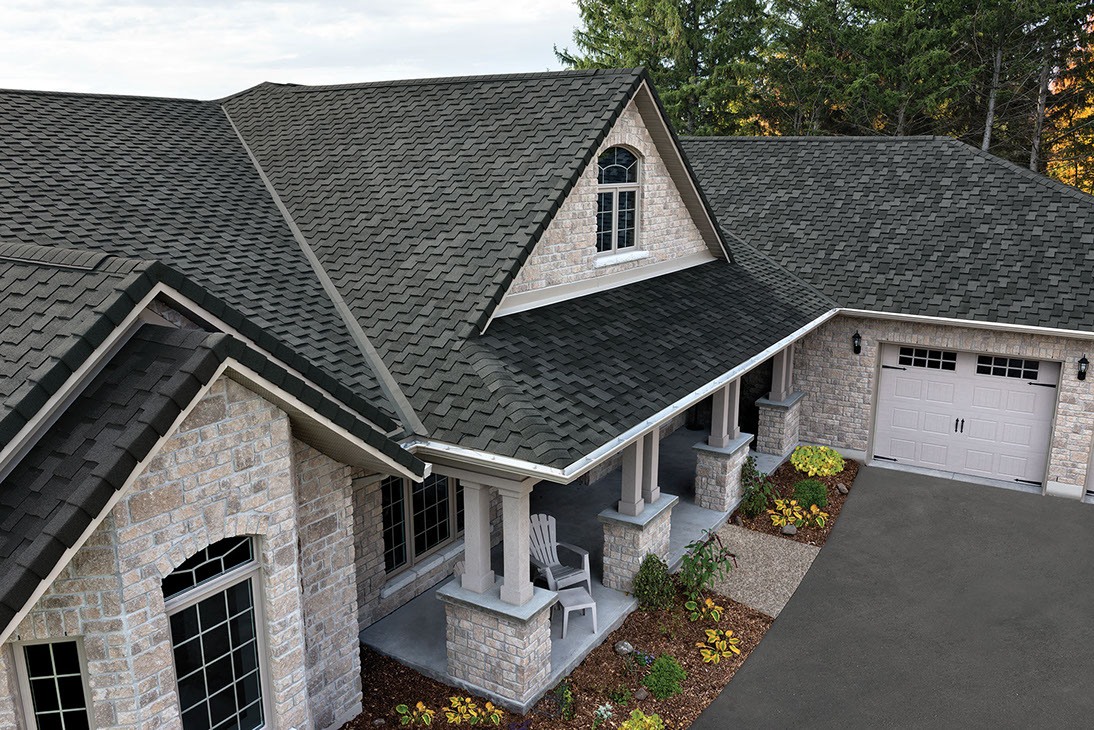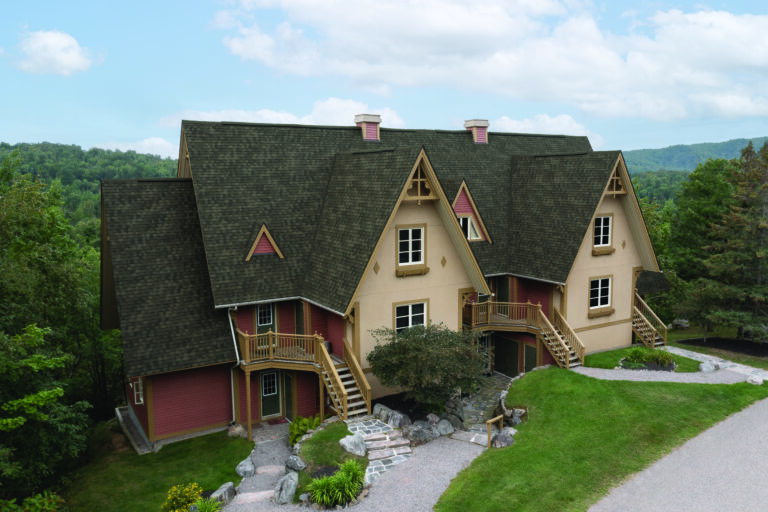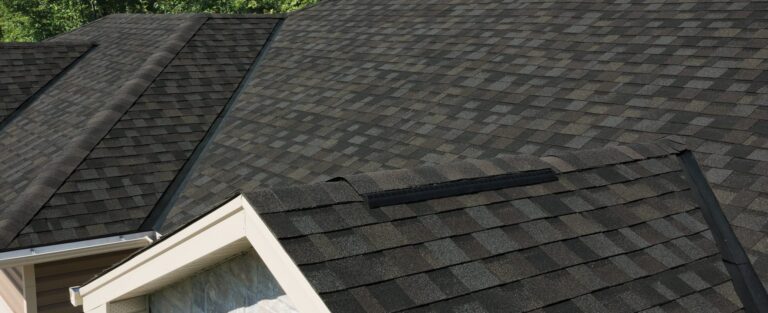A Helpful Guide to Roof Shingle Patterns
Well Over A Century Ago
Old roofs of slate or wood were typically constructed of individual rectangular pieces, offset and overlapped to shed water. Occasionally, for added ornamentation, roofers would insert a few parallel courses of scalloped or beveled tiles into a roof of predominantly rectangular slate tiles. You can achieve the same effect using modern asphalt shingles’ designs and colors.
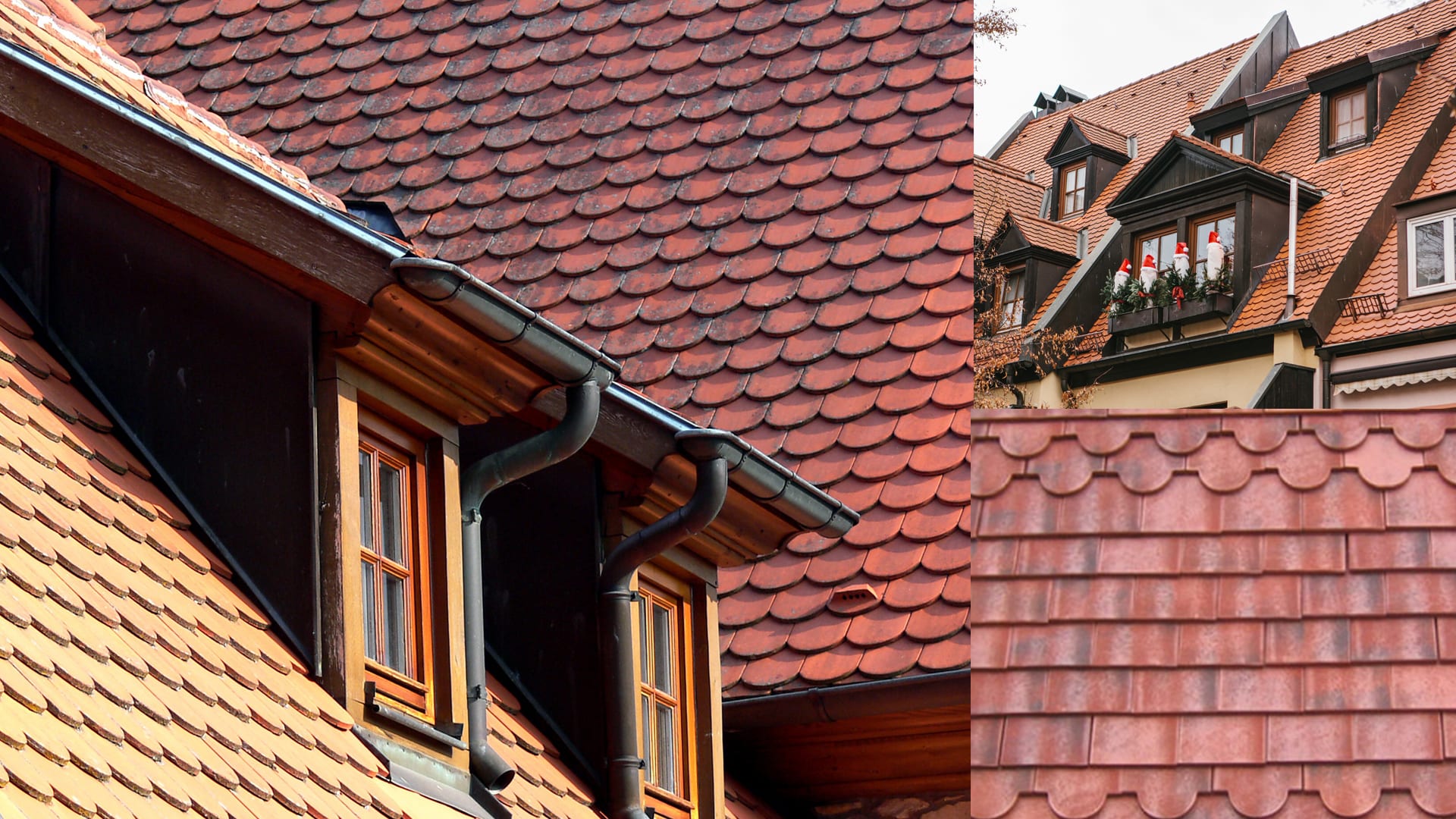
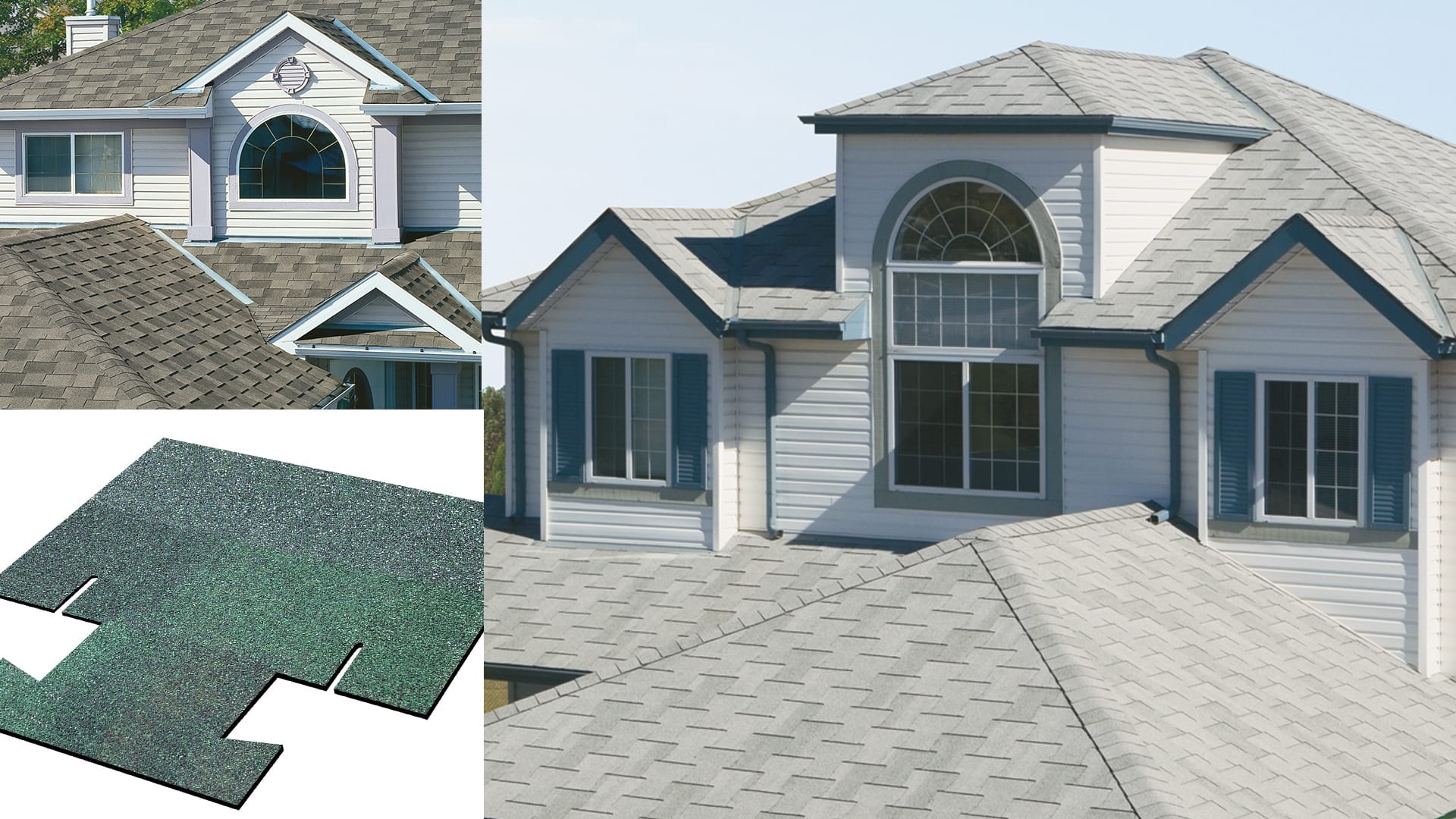
During that period, the manufacture and subsequent installation of prepared asphalt shingles was accelerated when multi-tab shingles were made in a single strip. For decades, the three-tab strip shingle dominated the roofing industry with the characteristic geometric brickwork pattern it created on the roof.
Three-tab shingles are still widely available and used. Other shingle design patterns have come and gone including shingles that, once installed, simulated the look of fish scales or had interlocking T-shapes, scalloped and beavertail rounded tabs. Some were even diamond-patterned roof shingles.
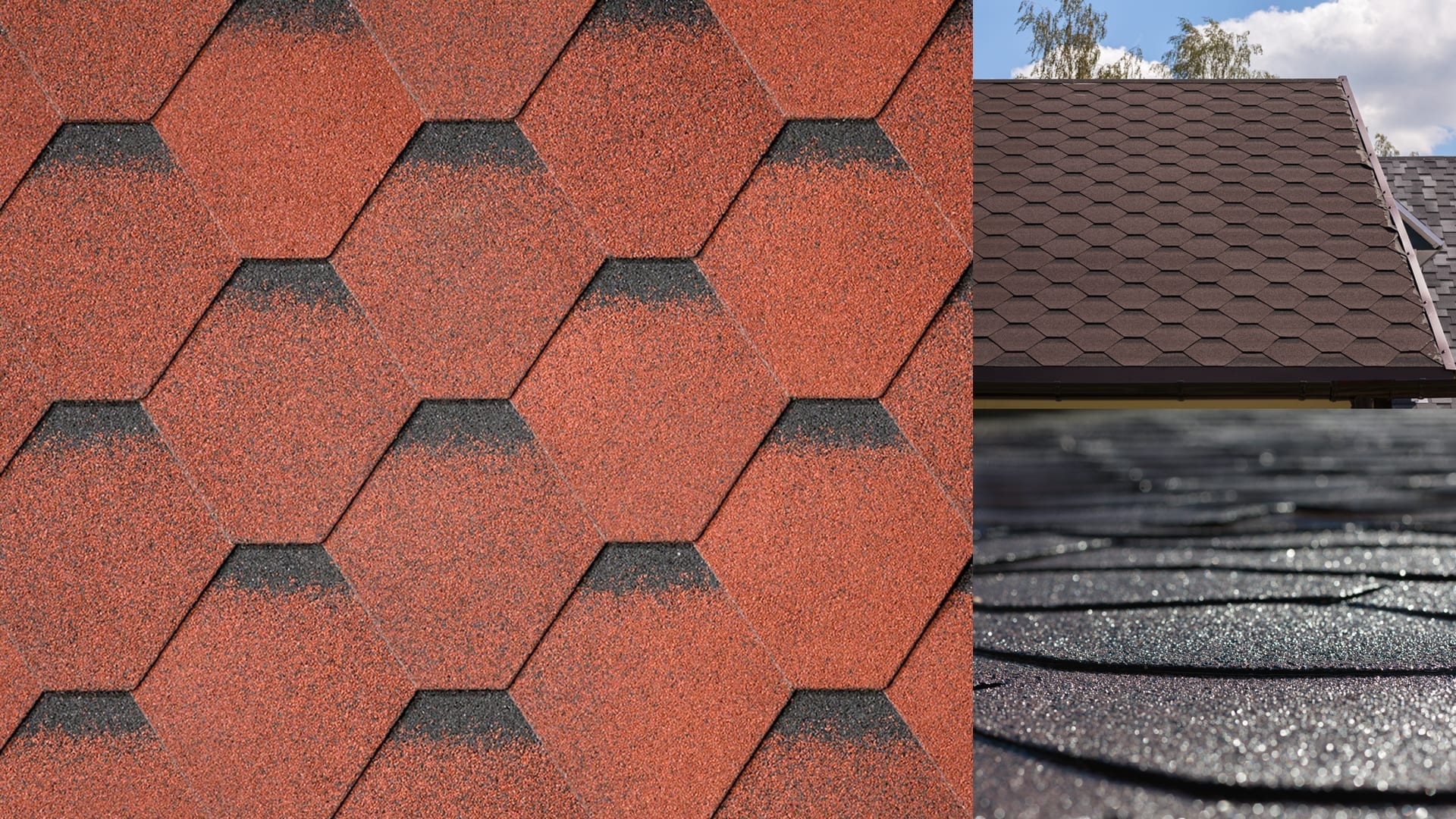
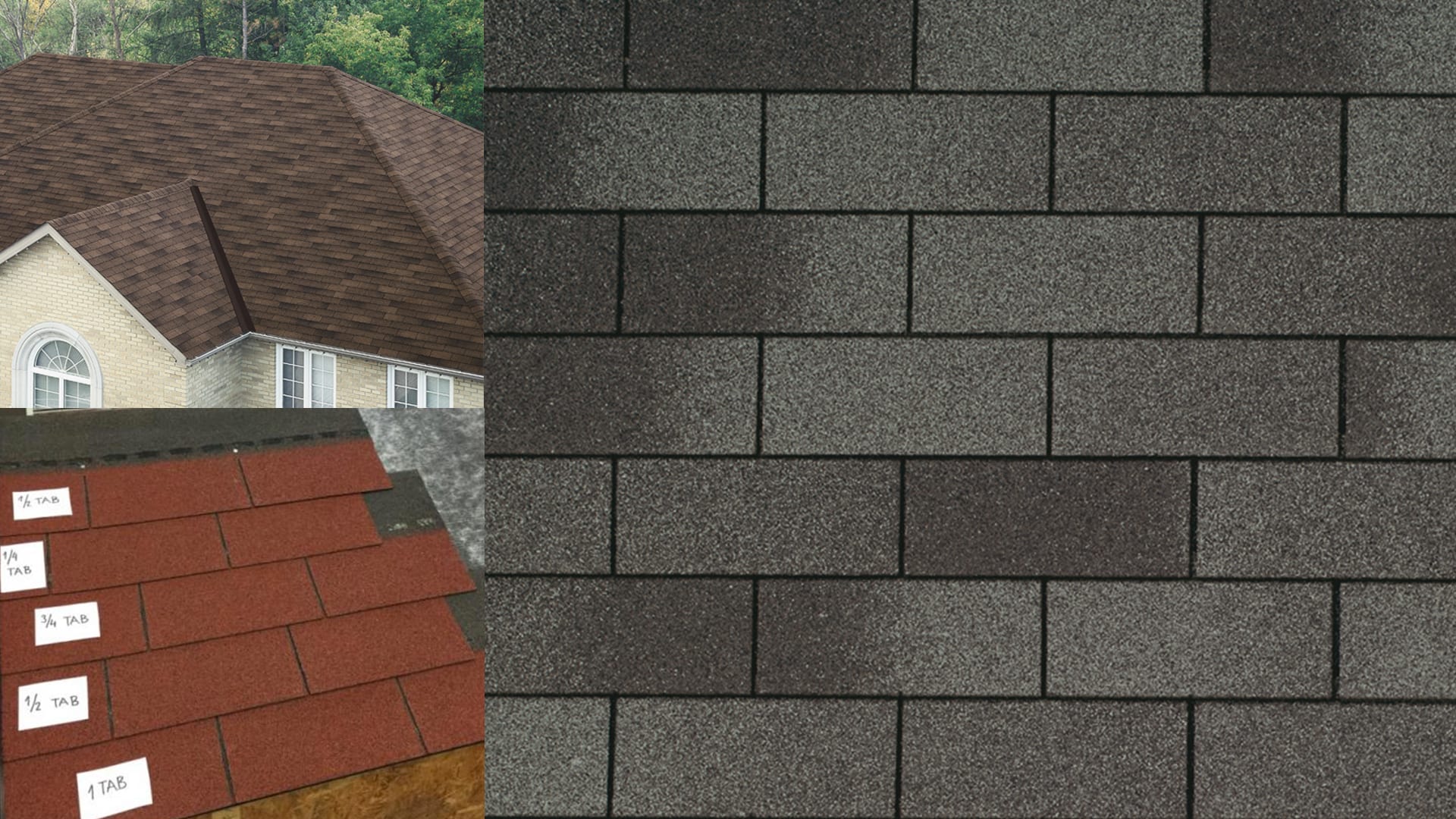
Three-tab Shingles
Three-tab shingles are most typically installed with a half-tab offset that yields the characteristic “brickwork” appearance; the cut-outs separating the shingle tabs line up every other course. However, occasionally due to minor, unavoidable dimensional variations in the shingles or vagaries in the roof deck’s squareness, the cut-out alignment would sometimes meander slightly up the roof.
In order to address this, contractors in some markets – and some roofing material manufacturers – have promoted installation methods that introduce a degree of randomness, so that the cut-outs do not align. IKO endorses this application method as the preferred technique for this reason.
Evolution
At various times in the evolution of asphalt shingle designs, manufacturers have added overlay patch areas, thicker tabs and embossed patterns to simulate wood grain or added dimensional definition.
In the 1970s, two-layer and, in some cases, three-layer laminated shingles were developed. The primary aesthetic advantage of multi-layer shingles is the ability to have different colored areas of the shingle sharply contrasted and immediately adjacent to each other (since in traditional, monolayer shingle manufacturing there is always an area of transition from one colored area to the next).
Initially, these laminated shingles were made “off-line” by first manufacturing the individual pieces and then manually feeding them into a machine that combined the two pieces. As a result, those early laminated shingles were limited to one or two different cut patterns, and therefore had to be installed in very specific ways to avoid creating potential stripe patterns on the roof. In a worst case scenario, a faint “checkerboard” design could appear on the roof due to repeated patterns of lighter and darker shingle tabs.
Currently, laminated shingles are made “on-line” where ribbons of the different components are made continuously and then combined prior to being cut into shingle lengths.
The ribbons of roofing material have a sufficiently different and varying repeat pattern so that the resulting finished laminated shingles are essentially random in appearance and cut. The net result is that today’s laminated shingles, when installed according to the manufacturer’s instructions, typically have a random appearance, totally unlike the brickwork geometric repeating pattern of traditional three-tabs.
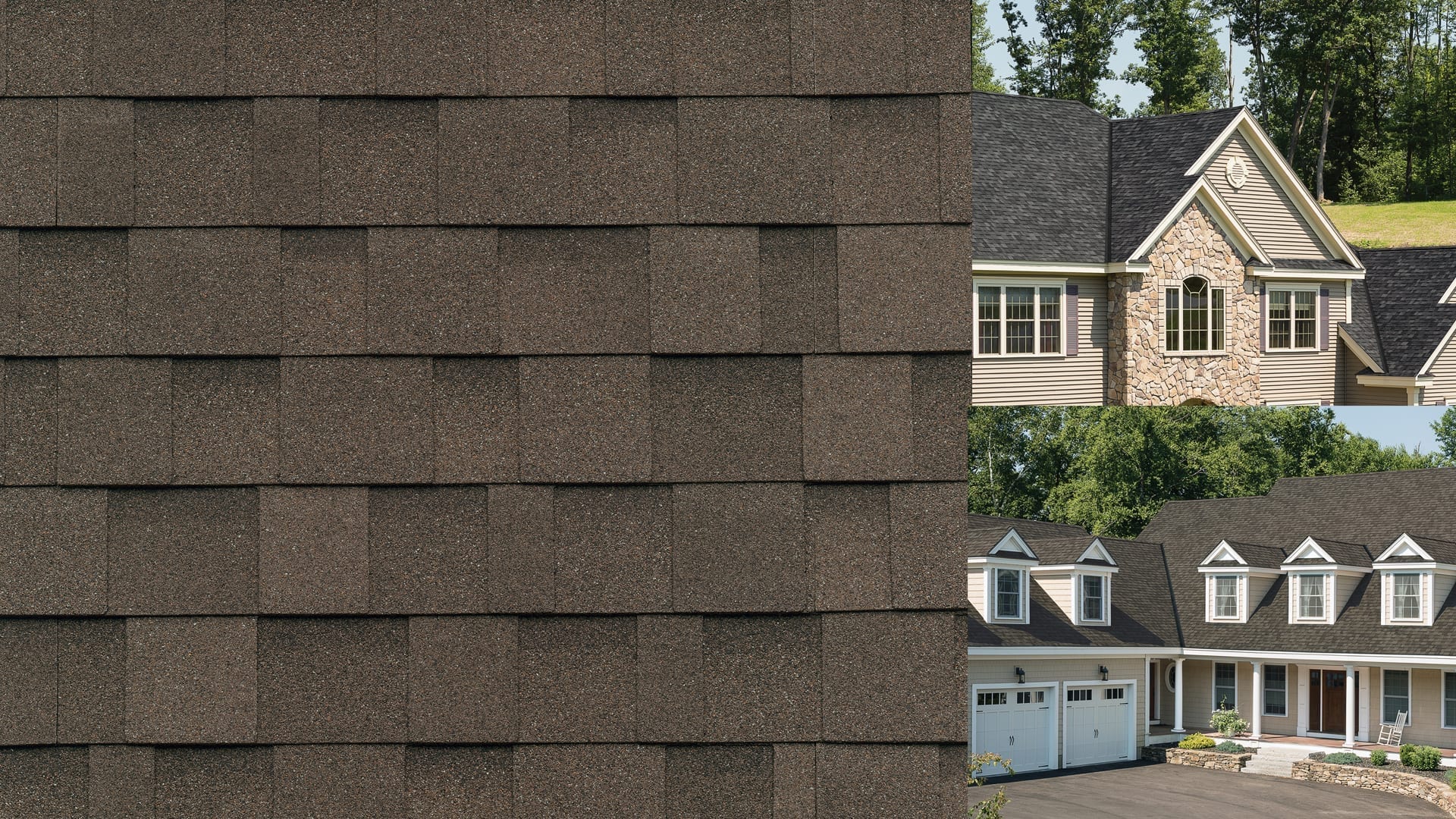
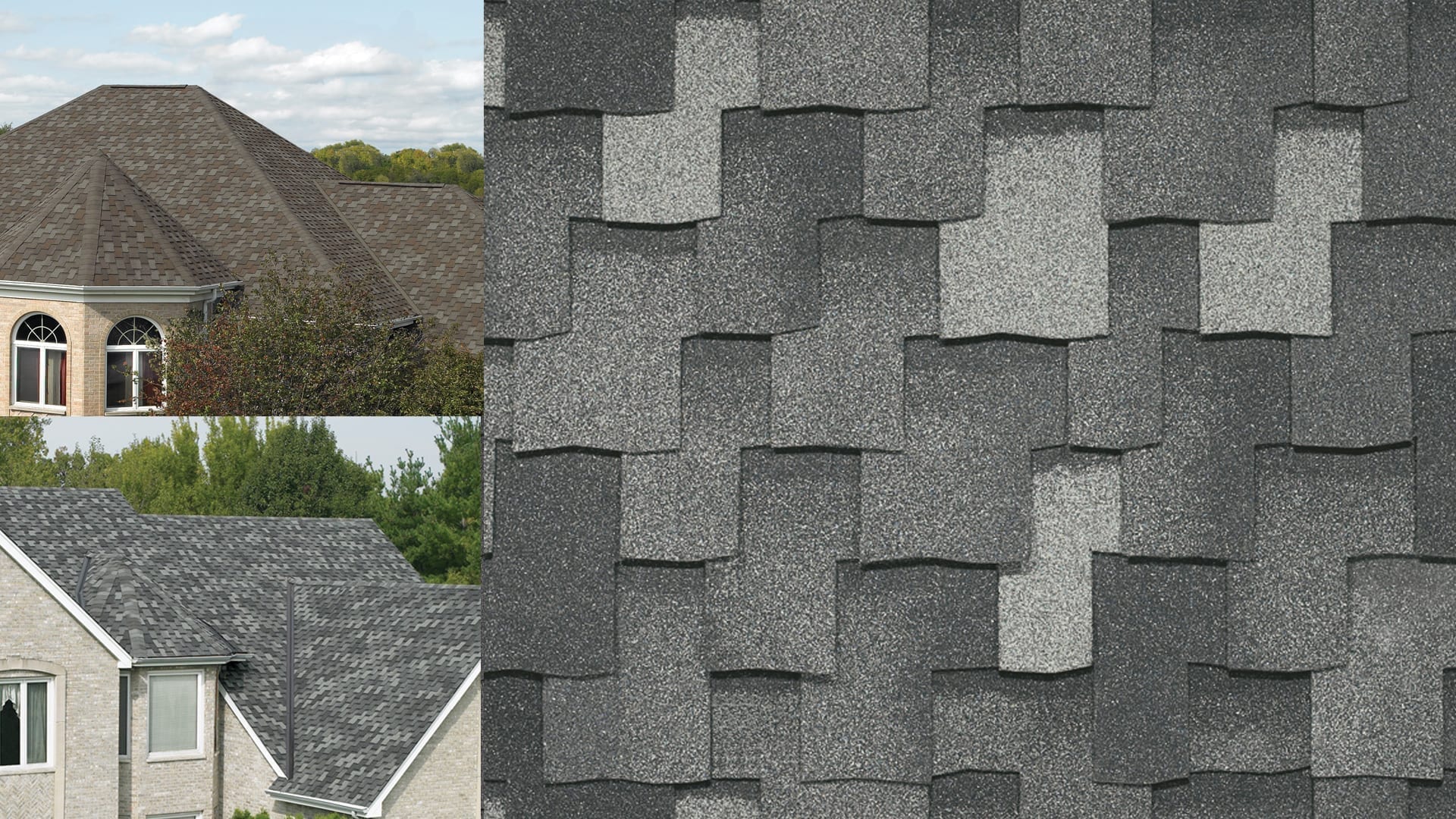
It Is Important To Install Shingles According To The Manufacturer’s Instructions.
Some roofing contractors may incorrectly assume that all laminated shingles are installed the same way, with the same exposure and the same offset, regardless of the manufacturer.
While the modern laminated shingle design is somewhat forgiving of improper installation offsets, shingle manufacturers have designed their shingles precisely. Deviating from the printed installation instructions risks creating a roof pattern the homeowner might not like. Racking or “staggering” in which shingle courses are laid out vertically up the roof rather than across and up, is typically not a recommended procedure.
The appearance of patterns can come from either the dimensional layers (the shingle tabs/teeth) aligning unfavorably or from the colored granule areas creating a checkerboard-like pattern.
Although modern laminated shingle installation usually intends to yield a random, non-repeating roof appearance, some premium shingle brands are designed to give a relatively uniform, repeating look.
One such product is IKO Crowne Slate, a full two-layer shingle that simulates the classic look of old world slate. Just as slate roofs gave a square tile look, so too does IKO Crowne Slate, but without the need for additional structural support and sophisticated installation training.
IKO Crowne Slate ingeniously simulates the natural slate look in that each color blend incorporates an infrequent “splash” of a uniquely contrasting tile color. When this accent color on the roof picks up on the color of exterior elements such as brickwork, stone facing or wood trim, the overall effect is unusual and truly stunning.
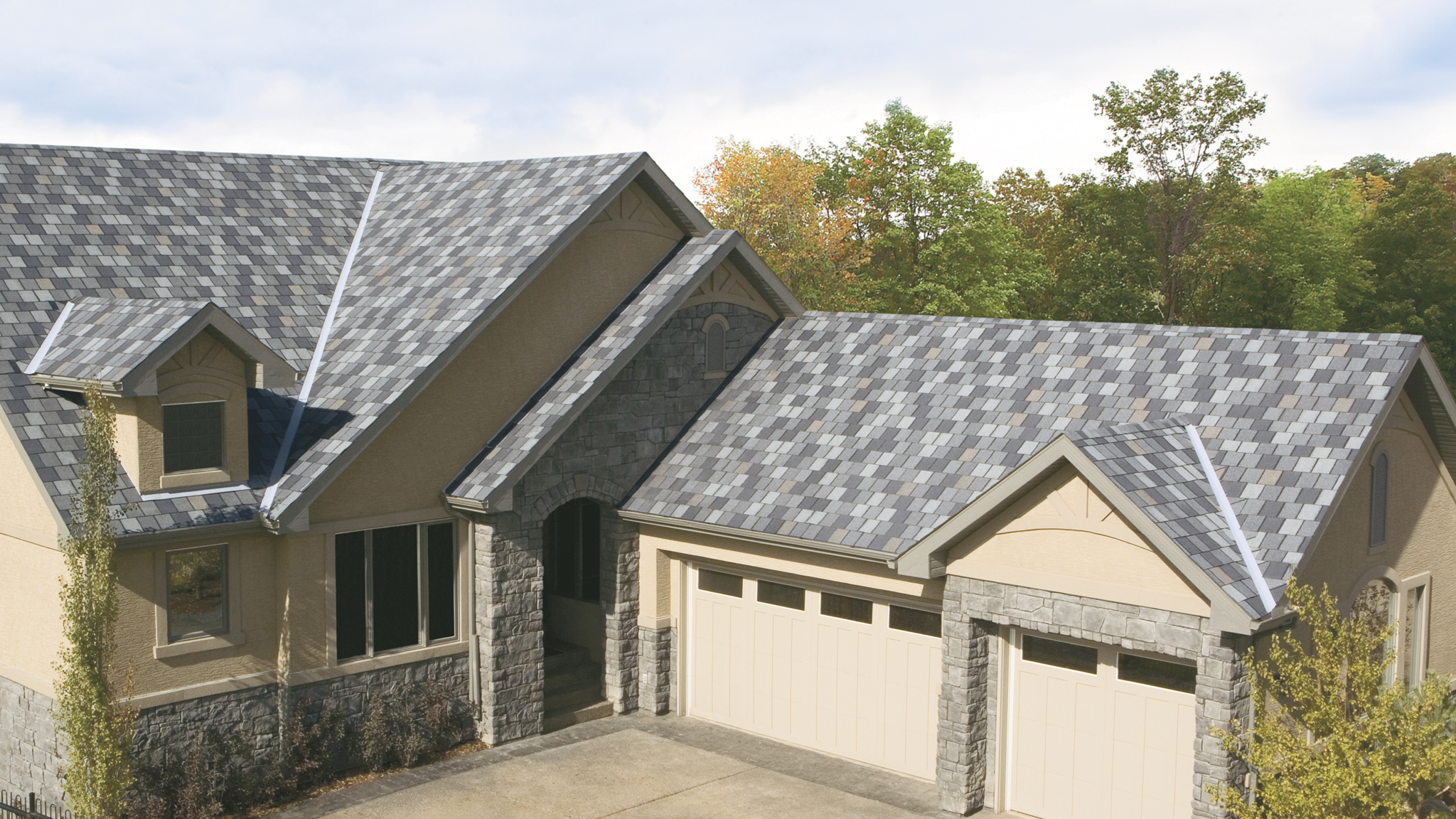
With a combination of bold, distinct contrasting color drops and large square tile-sized tabs, IKO Crown Slate emulates the pattern and look of a natural slate roof.
Whether you prefer a repeatable geometric design on your roof or a more random natural look, select the shingle from actual samples and hire a professional roofing contractor who will correctly follow the manufacturer’s installation instructions.

